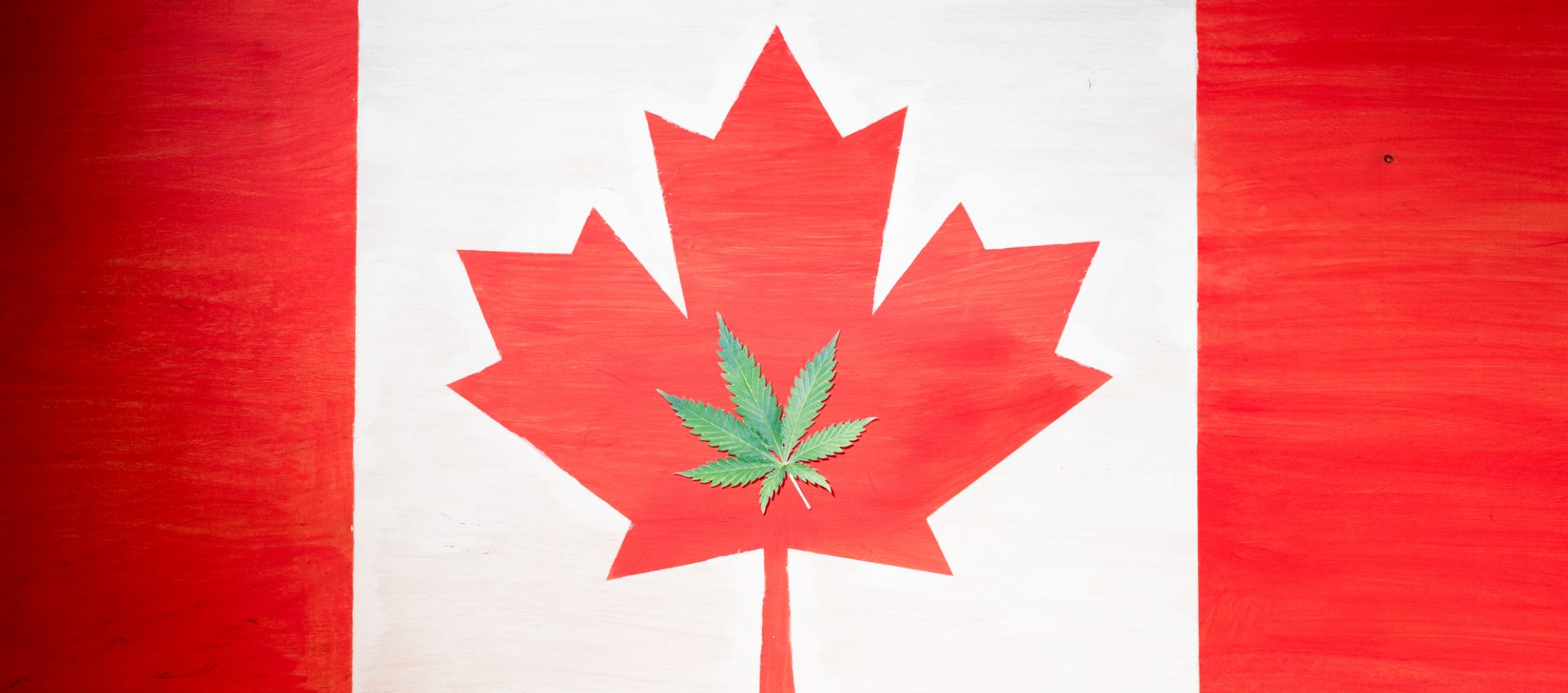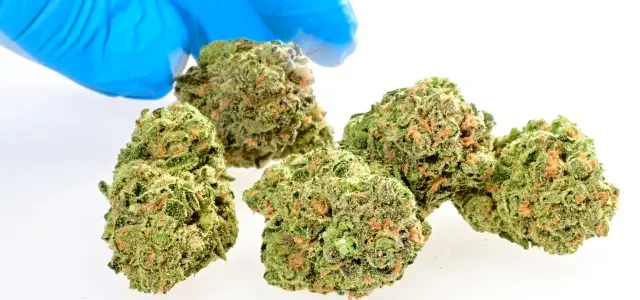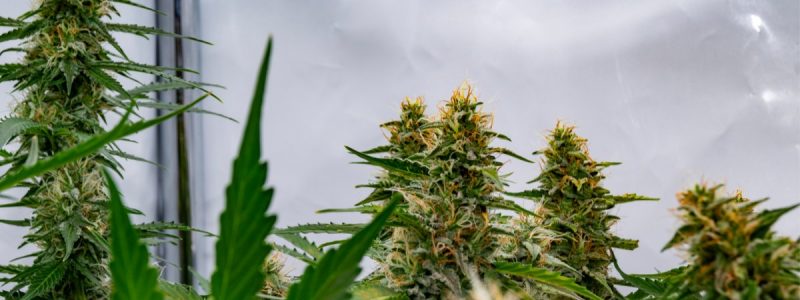In a world where convenience reigns supreme, the ability to have almost anything delivered to your doorstep is no longer a luxury but an expectation. The cannabis industry in Canada has taken note. With the legalization of marijuana in 2018, a surge of innovative services arose to meet the demand of eager consumers. Among these innovations, weed delivery services have emerged as a game-changer, offering accessibility and ease to users nationwide. This article delves into the rise and workings of Same Day Weed Delivery GTA.
The Onset of Online Ordering: Safety and Discretion
Online shopping is not a novel concept, but applying it to the marijuana market requires careful thought, primarily due to the product’s nature. Security and discretion became paramount. Many services ensure that packaging is nondescript, keeping the contents private. Moreover, age verification tools are rigorously implemented online, ensuring that only those of legal age can make a purchase.
The digital interface also provides consumers with an expansive catalogue of products, complete with detailed descriptions and user reviews. This level of detail allows for informed decision-making, an advantage over traditional brick-and-mortar dispensaries.
Weed Delivery Logistics: Speed and Reliability
One of the primary benefits of weed delivery services is the speed and reliability with which they operate. Many services promise same-day or next-day delivery, ensuring users have timely product access. Integrating modern logistic solutions, from GPS tracking to real-time updates, customers are kept in the loop every step of the way.
However, as with all delivery services, challenges can arise. Weather conditions, high demand periods, or logistical hiccups might lead to delays. Still, with the industry’s growth, many companies continually refine their operations to ensure customer satisfaction.
Regulations and Legal Considerations
Navigating the legal landscape is crucial for both service providers and consumers. Acquiring the necessary licenses and adhering to provincial regulations is imperative for businesses. It’s also vital for them to stay updated, as cannabis-related laws and guidelines are still relatively fluid in Canada.
For consumers, understanding where and how weed delivery is permitted is crucial. While mail-order marijuana is federally legal, local delivery services might vary depending on provincial and municipal laws. Being informed ensures a smooth, hassle-free experience.
Conclusion
The advent of weed delivery in Canada marks a significant step in the evolution of the cannabis industry. Prioritizing safety, discretion, and efficiency, these services have reshaped how many Canadians purchase and consume marijuana. As the industry grows and adapt, weed delivery services are poised to be at the forefront of this exciting journey.



